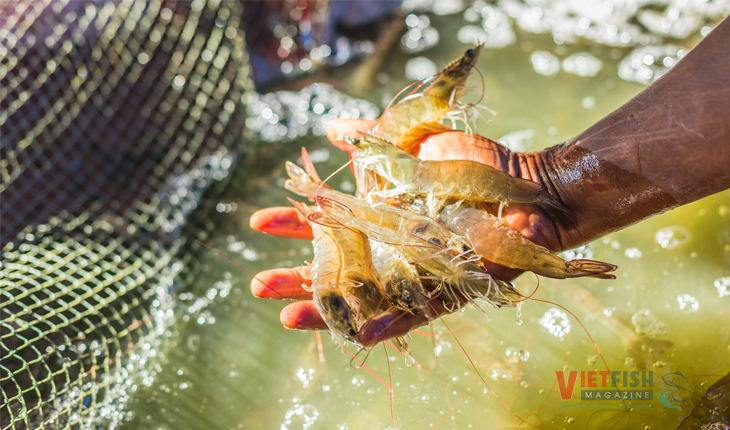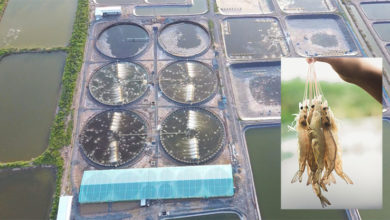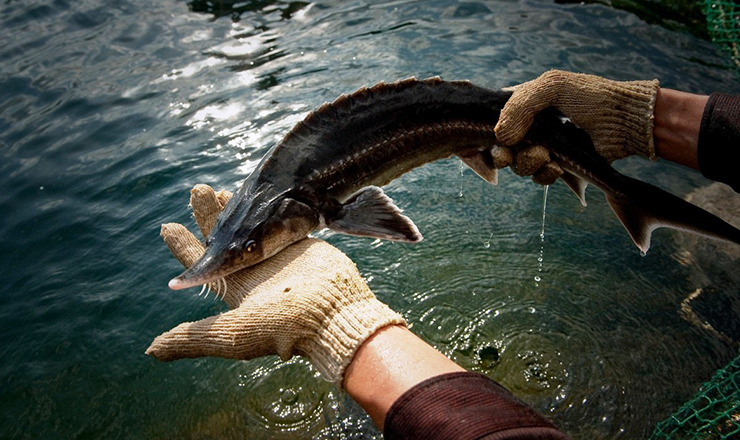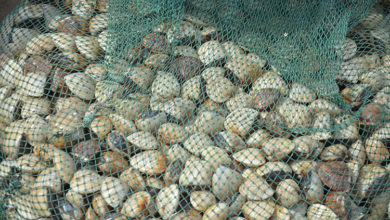Proactive media strategy for Vietnamese pangasius is crucial
Pangasius exports have often faced smear campaigns from competitors. Therefore, a proactive communication strategy for Vietnamese pangasius is essential. The pangasius industry, more than any other sector, understands the damaging effects of negative media coverage on exports.
The EU used to be the largest market for Vietnamese pangasius. In 2008, exports to the EU reached a record high of $580 million, accounting for about half of the seafood export value to this market.
At that time, Vietnamese pangasius, with its cost advantage, emerged as a significant competitor to local whitefish in the EU. In the years that followed, Vietnamese pangasius faced repeated defamation from certain European media outlets. This led to a continuous decline in pangasius exports to the EU since 2009. By 2017, exports had fallen to just $200 million.
In 2018, amid strong overall growth in pangasius exports (exceeding $2 billion for the first time), exports to the EU saw a recovery, reaching $250 million. However, in 2019, exports to the EU declined again, reflecting a general downward trend in pangasius exports to various markets.
Since then, factors such as the Covid-19 pandemic, the Russia-Ukraine conflict, and the global economic crisis have led to instability in pangasius exports to the EU, with periods of both growth and decline. Despite this, the EU remains a key market for pangasius businesses due to the high demand for whitefish.
To capture the EU and other crucial markets, it is essential to focus not only on value-added pangasius products that meet green standards but also on enhancing communication and marketing efforts.
A comprehensive communication strategy for the Vietnamese pangasius industry has been formulated. Nguyen Ngo Vi Tam, CEO of Vĩnh Hoàn Corporation, outlined a two-step strategic approach. The immediate goal is to organize, clean up, and prepare for potential negative situations. The next step is proactive communication, sharing the story of the Vietnamese pangasius industry.
By organizing, cleaning up, and preparing for negative situations, the industry and businesses can be more proactive in addressing issues thoroughly, rather than reacting hastily to unexpected incidents that could harm the image of Vietnamese pangasius.
Proactively communicating and sharing the story of the Vietnamese pangasius industry with domestic and international media is vital for building a positive image. This will help expand markets, build trust, protect the industry’s reputation and brand, and add value to its products.
Vi Tâm emphasized the need for a unified message, standardized response protocols, timely announcements, and scenario planning for potential situations. Training a dedicated communication team, establishing key relationships with stakeholders and target media, and creating a comprehensive evidence-based database to address issues are also crucial.
Through these efforts, the communication strategy will gradually improve the image of Vietnamese pangasius in the long term, help establish production and business standards that VASEP members can aspire to, and tell a positive, truthful, and inspiring story about the pangasius industry with specific examples. This will foster supportive relationships with media stakeholders and strengthen the industry’s position.
VFM






